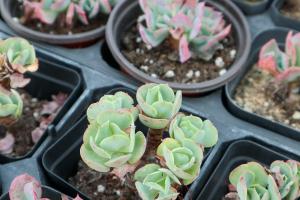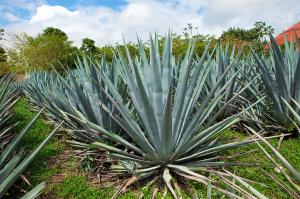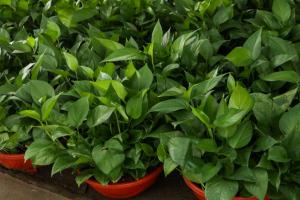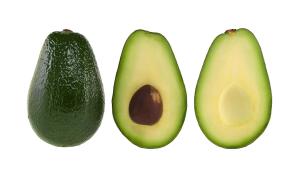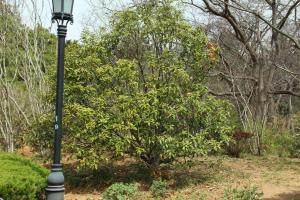How to Make Indoor Plant Potting Mix
Having indoor plants not only adds beauty to your home, but also has numerous health benefits, such as purifying the air and reducing stress. However, in order for your plants to thrive, it is important to provide them with the right potting mix. Here's how you can make your own indoor plant potting mix:
Step 1: Select the Right Ingredients
The first step in making your own potting mix is to select the right ingredients. Choose a combination of organic materials, such as peat moss, coconut coir, compost, vermiculite, or perlite. You can also add in some sand or grit to improve drainage. It's important to ensure that your ingredients are clean and free from any diseases or pests.
Step 2: Mix the Ingredients
Once you have collected your ingredients, it's time to mix them together. To make a basic potting mix, you can use equal parts of peat moss, perlite, and vermiculite. For a more nutrient-rich mix, you can add in some compost or coconut coir. Mix all of the ingredients together until they are well combined.
Step 3: Adjust the pH
The pH level of your potting mix is also important for your plants to thrive. Most indoor plants prefer a slightly acidic soil with a pH between 5.5 and 6.5. You can test the pH level of your mix using a soil pH testing kit. If the pH is too low, you can add some lime or wood ash to raise it. If the pH is too high, you can add some sulfur or aluminum sulfate to lower it.
Step 4: Store Your Potting Mix
Once you have made your potting mix, store it in an airtight container until you are ready to use it. Keep the container in a cool, dry place to prevent any moisture buildup which can cause mold or other problems. It's also a good idea to label your container with the date of when you made the mix, so that you can keep track of its freshness.
Tips for Using Potting Mix
Now that you have made your own indoor plant potting mix, here are some tips to help you use it effectively:
When repotting your indoor plants, be sure to choose a pot that is slightly larger than the current one, to allow room for growth and expansion.
Make sure that the potting mix is moist, but not soggy, before you use it. This will help to prevent any root rot or mold growth.
When planting, make a small hole in the center of the mix and gently place your plant in it. Cover the roots with soil and gently press down to secure the plant in place.
Water your plant immediately after planting and be sure to follow the specific watering instructions for your plant species.
With these tips and your homemade potting mix, you can create a thriving indoor garden that not only adds beauty to your home, but also improves your air quality and overall well-being.

 how many times do yo...
how many times do yo... how many planted tre...
how many planted tre... how many pine trees ...
how many pine trees ... how many pecan trees...
how many pecan trees... how many plants comp...
how many plants comp... how many plants can ...
how many plants can ... how many plants and ...
how many plants and ... how many pepper plan...
how many pepper plan...

